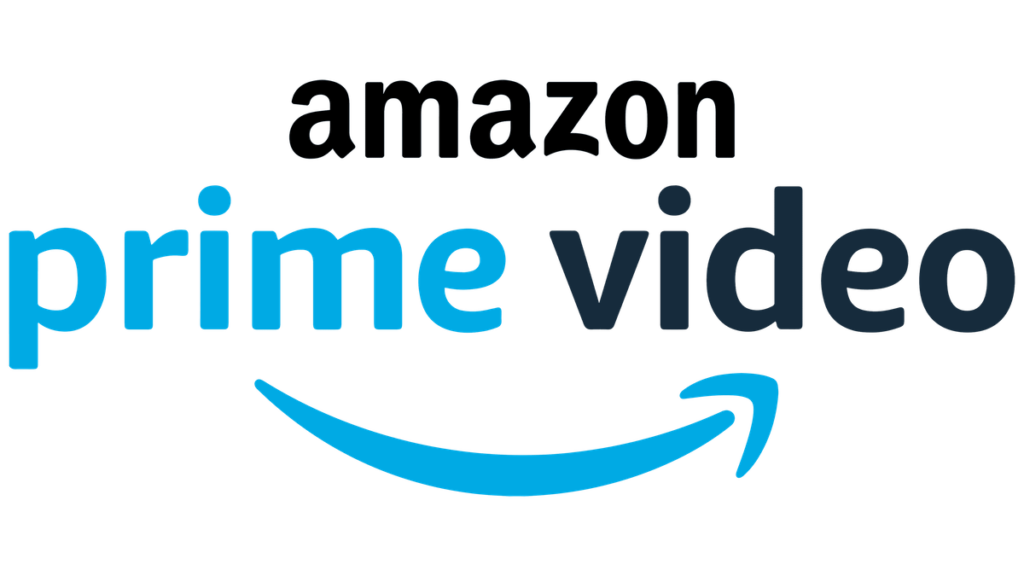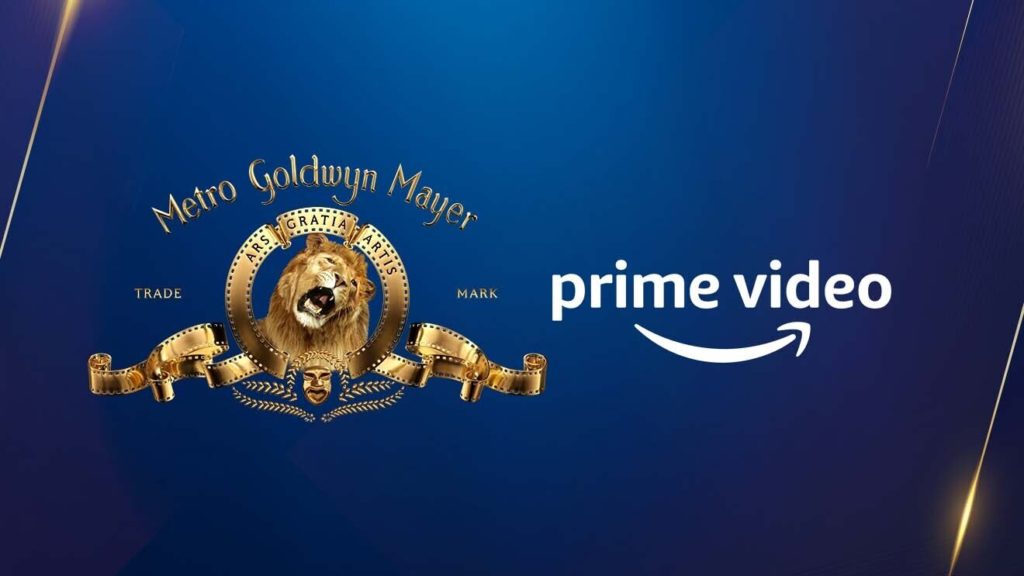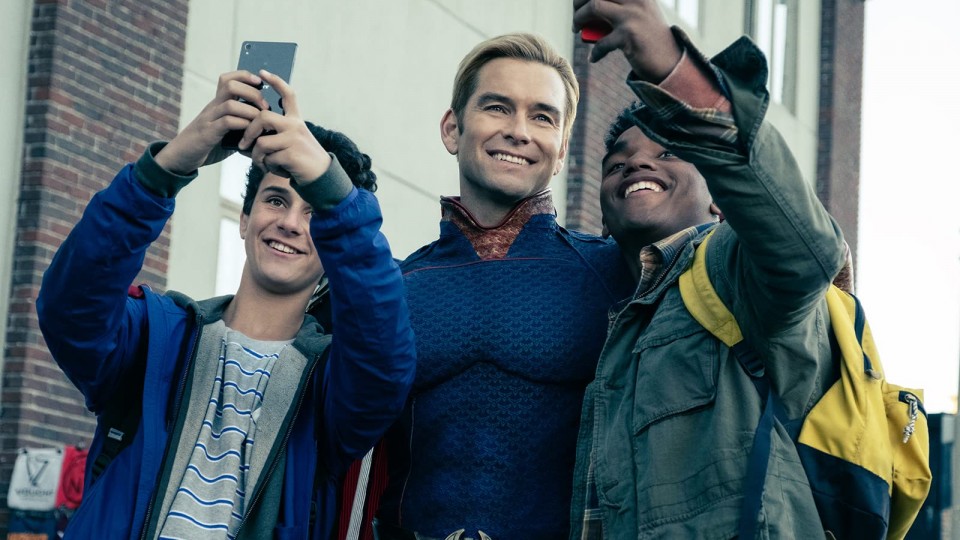3. Amazon Prime Park

The Streaming Story
It’s hard to believe that once upon a time, Amazon was a pioneering digital retailer with the groundbreaking idea of selling books online and shipping them directly to customers. Now, the company’s market cap tops $1 trillion (with plenty of accusations of anti-competitive and monopolistic behavior, abysmal labor practices, and tax avoidance). Meanwhile, the company’s founder – Jeff Bezos – holds an estimated $112 billion in net worth… nearly the worth of the entire Walt Disney Company in one man.
Unlike Disney or even Universal who have built warm-and-fuzzies and brand allegiances through myth-making, theme parks, characters, and guest services, Amazon is somewhat unapologetic about the warehouses, gas-guzzling vehicles, and anti-competitive practices that power its empire. Actually, a theme park could probably do them good… except that many would probably boycott it from the start.
Anyway, in terms of the IP that could power such a theme park… Amazon got into the streaming wars with Amazon Prime Video – a service included with the company’s Prime annual membership (which also includes free same-to-two-day shipping, free photo storage, and more). Reportedly over 200 million people have the Amazon Prime service, meaning that if it were a country, it would be the 8th most-populated on Earth. Since all of those people get access to Prime Video, it’s technically the second-largest streaming service after Netflix. But as to how many Prime members actually use Prime Video, Amazon doesn’t say.
Amazon began producing Original content for its streaming service in 2013, and has had a few breakthrough hits all its own. But in the age of the IP Wars, Amazon needed an influx of content to populate its services. Just as Disney gobbled up fellow “Big Six” studio 20th Century Fox, Amazon made a similar move.

In 2021, the company announced the jaw-dropping news that it intended to purchase legendary, century-old film studio MGM for $8.5 billion (the price Disney paid for Marvel and Star Wars combined – but far, far short of the $44 billion Discovery paid for Warner Bros., much less the $72 billion Disney paid for 20th Century). A century of films would seem to be worth more than what Disney paid for Pixar. It’s not just that MGM was relatively down-on-its-luck as a studio; it’s also that the purchase comes with strings.
Among film aficianados, MGM is synonymous with the golden age of Hollywood and classic big screen pictures (which is precisely why Disney licensed the name to lend a little cinematic gravitas to their Disney-MGM Studios theme park). But due to legal stipulations, any films produced by MGM prior to 1986 (including age-old classics like The Wizard of Oz and Singin’ in the Rain plus newer hits like Fame and A Christmas Story) don’t actually belong to Amazon. Instead, through some age old manuevering, they revert to Ted Turner and the WarnerMedia catalogue.
So in addition to its own originals and licensed fare, Amazon will inherit post-1986 MGM film franchises like Legally Blonde and Rocky as well as TV series like The Voice, The Real Housewives, and The Handmaid’s Tale. Obviously, none of those quite feel like billion-dollar pop-culture-shapers. But bar none, the most obvious headliner of the MGM purchase for Amazon is clear…
What Would Be In Amazon Prime Park?

The big win for Amazon is the acquisition of JAMES BOND. But even that is complicated, since the 25 main films in the series (with six different actors depicting the character) are co-owned by Eon Productions, whose involvement will need to be a part of anything Amazon hopes to do with the character – and who have expressed disinterest in any direct-to-streaming films. (So far, Amazon has only announced the “007 Race to a Million” reality show based on the character.)
If James Bond was the driving force behind the Amazon purchase as rumored, will it have been worth it? We’ll see… But there’s no doubt that the world of James Bond would make a great land in Amazon Prime Resort… In addition to action-packed dark rides and stunt shows, being able to step into the world of Bond via the MI6 Building would be wish fulfillment for many fans.

Another world you might like to visit – but not necessarily live in – is that of THE BOYS, a Prime Original series based on the comic book of the same name. The Boys imagines a world where super-powered individuals (many of whom have clear analogs in the DC and Marvel universes) are bought and paid for by (ironically) an Amazon-like super-corporation called Vought.
The illustrious group of “The Seven” is Vought’s personal “Justice League,” with its infighting heroes ranging from entitled jerks to genocidal sociopaths whose drug addictions, sex addictions, and even homicides are concealed by Vought’s marketing machine. While The Boys may be grisly, gruesome, and TV-MA, it would actually be an interesting world to bring to life in a theme park… And certainly, going along for a ride with The Boys as they seek to take down the Seven and Vought’s inner workings would be an interesting thing to be a part of…

Prime’s most recent pop culture breakthrough comes via FALLOUT – an adaptation of the long-running video game series of the same name. Fallout is set hundreds of years in the future, and centuries after “The Great War of 2077” left Earth as a desolate, radioactive landscape overrun with marauders, militias, and thieves.
Highly stylized, vibrant, and even comedic, the Amazon / MGM Studios adaptation leans heavily into the franchise’s apocalyptic, mid-century styling as it follows Lucy – a resident of a raided, underground “Vault” – as she emerges into the irradiated world on a quest. It’s sci-fi. It’s fantasy. It’s action. It’s drama. And basically, it’s a whole lot of fun. Even if (as per usual) the dump-a-whole-season-at-once strategy basically saw discourse around the show evaporate in minutes, there’s no doubt that in Fallout, Amazon has brought this IP to the masses and begun to establish a pop culture footprint for it outside of the gamer sphere.

The highest profile project to yet emerge from Amazon Prime is LORD OF THE RINGS: THE RINGS OF POWER. Set thousands of years before (and legally distinct from) New Line Cinema’s generation-defining Lord of the Rings trilogy and the Hobbit prequel trilogy that followed, the show explores the Second Age of Middle Earth. Given that author J. R. R. Tolkein developed an unfathomably rich history and culture for his magnum opus, there’s plenty of inspiration to draw from.
As evidence, Amazon committed to five seasons with an estimated cost of $1 billion ($200 million per season), making it the most expensive television series ever made. Now granted, despite a sizable reported viewership of 25 million people at the outset, it’s reported that only 37% of the series’ first-episode viewers stuck it out through all eight episodes of season one. But Amazon’s got the money to see it through, and they’ve got a lot riding on Tolkien’s world.

According to insiders, both Disney and Universal have toyed with licensing Lord of the Rings for use in theme parks, and have even toured rights holders for the series through their parks. For better or worse, though, the series’ ownership isn’t clean cut. Even as New Line Cinema (a subsidiary of Warner Bros. Discovery) owns the films, the Tolkein Estate and Trust retains the rights to the story, complicating any negotiations over the property’s use. We can imagine that the same negotiations that yeilded Amazon the rights to produce the series might’ve greased the wheels for theme park use, but it’s hard to know.
In any case, Lord of the Rings suffers the same issue as Game of Thrones, in that it simply has so many iconic places to bring to life that it would really need its own theme park, not just a single land. But if anyone could build an entire Lord of the Rings park, it would be the trillion-dollar Amazon, right?


